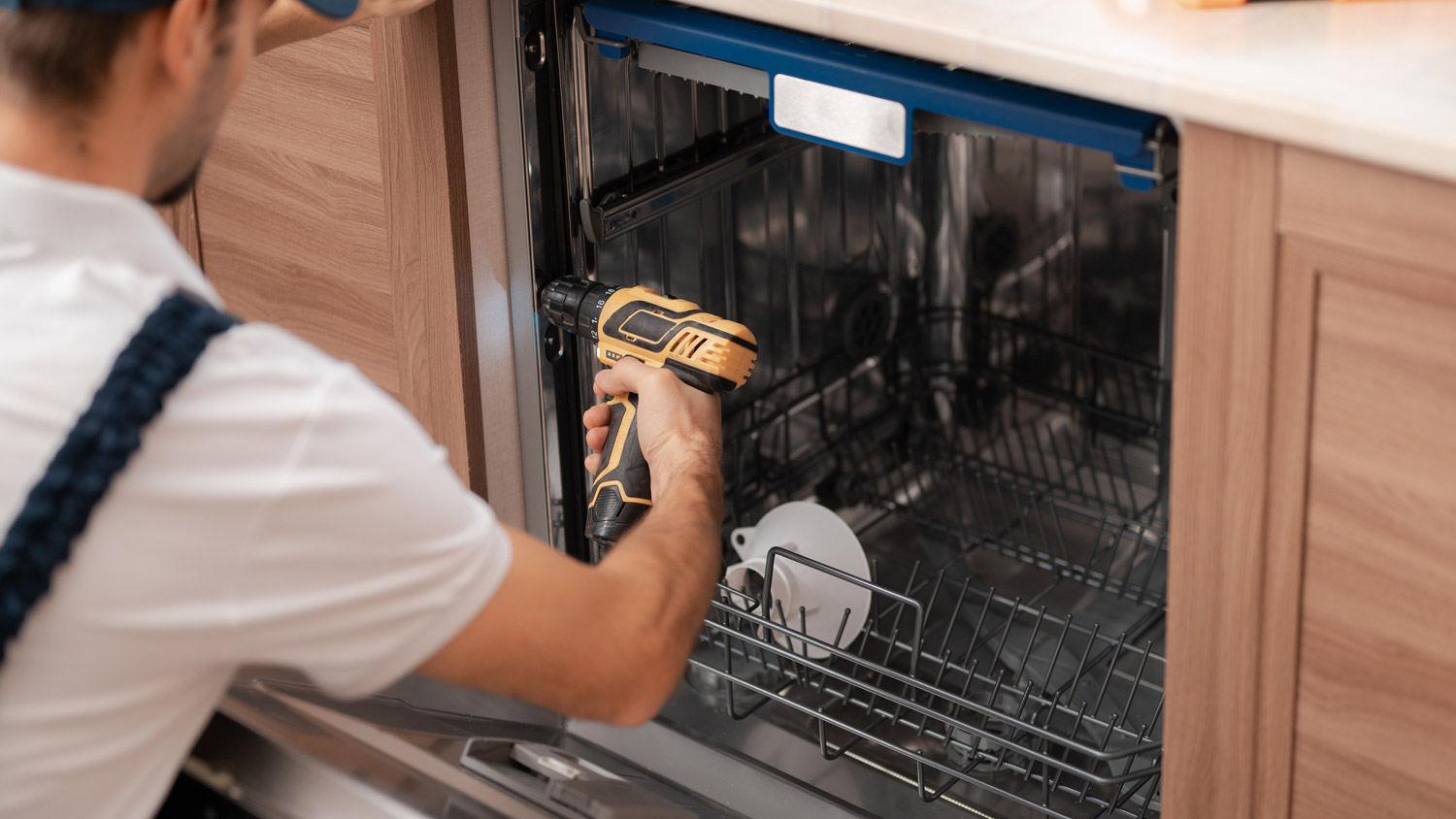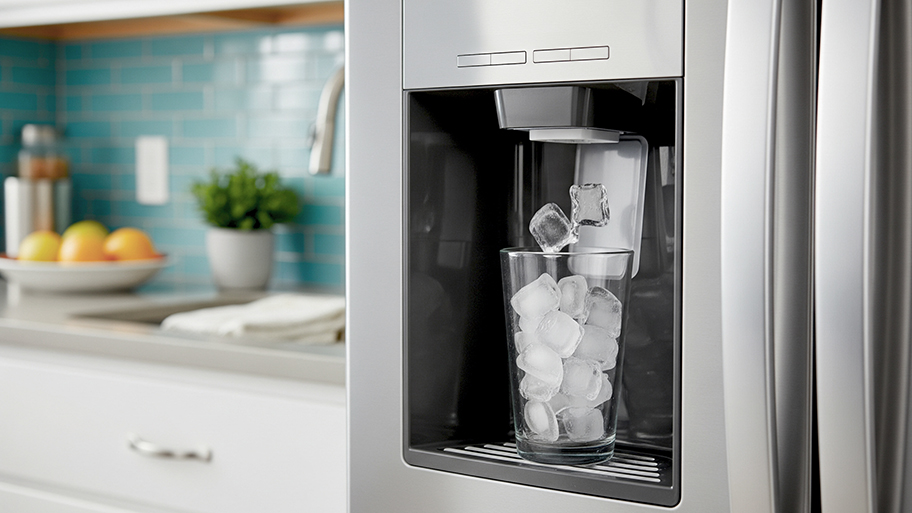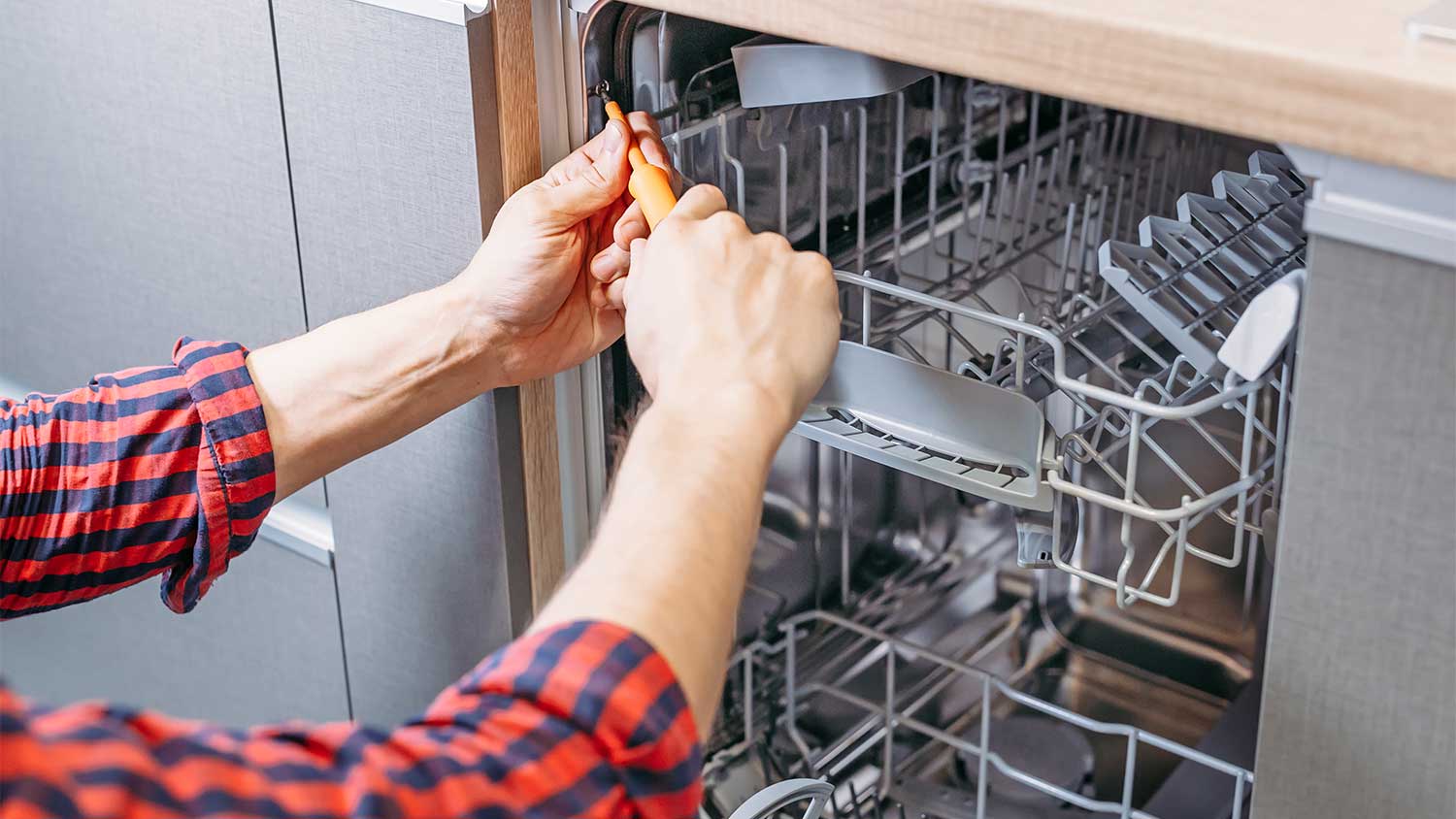
Discover the average dishwasher installation cost, key price factors, and tips to save on your project. Get transparent, expert-backed estimates.
What’s the difference between a stove, an oven, and a range?


Range is the term for the appliance with the stovetop and the oven combined.
A built-in or wall oven costs $800 to $3,200, including installation.
Gas ranges cost $1,000 to $1,500 on average and can last 2 to 5 years longer than electric stoves.
Electric stoves cost $600 to $1,300 on average and last up to 13 years.
Ovens, stoves, ranges. These are three of the most frequently heard words in the kitchen. While the terms are often used interchangeably by a regular homeowner, they do refer to different objects in the kitchen, and knowing the difference can inform you on future upgrades.
By definition, stove refers to the cooktop containing the burners, and oven refers to the portion primarily used for baking. Combined together, they make up ranges. However, stoves and ranges are often used interchangeably in most scenarios nowadays, referring to the same appliance combining the cooktop and the oven.
Below is a summary of the core differences between the three:
| Functionality | Cooking | Baking | Both combined |
| Cost | $1,200 on average | $1,200 and $2,600 | $600–$2,500 |
| Types | Electric, gas, inductive | Electric, gas, inductive | Electric, gas, inductive |
| Lifespan | 13–15 years | 13–15 years | 13–15 years |
| Capacity | 4 burners | Single or double oven | 4 burners + single/double oven |
| Installation | Simple | Complex and requires a pro | Simple |
Ranges and stoves are used interchangeably in the modern setting. Nonetheless, the stove has existed far before it was given the modern definition.
Historically, a stove used wood or coal to produce heat. By burning fuels in the fueling chamber, the stovetop then became capable of cooking various types of food. A good example is the old-school wood-burning stove in a farmhouse or a log cabin.
A stove is mainly used for cooking, but may also serve as a critical heating source during winter days. In the modern scenario, a stove is often powered by either electricity or gas. Electric stoves last around 13 years on average, whereas gas stoves tend to outlive their electric counterparts by 2-5 years.
Nobody knows when the term “range” became the official reference for the modern appliance that combines the cooktop and the oven. But here it is, used interchangeably with the term “stove” in most cases.
Most ranges have one cooktop and one oven, but more advanced models may have a dual oven setup. An electric range costs from $600 to $1,300, while a gas range is slightly less expensive, on average, costing from $300 to $1,000.
Simply put, an oven can be a standalone appliance or part of the kitchen range. If you hear the term “range oven” or “oven range,” the person is usually referring to the range as a whole. A range oven is also sometimes referred to as a “standalone oven.”
Range and ovens differ significantly in terms of their components. The oven has different parts that ensure its functionality, including oven racks, the oven vent, baking element, and broiling element. In the meantime, a range has all those components plus the parts of the electric or stove.
Wall ovens, or built-in ovens, are much more complicated to install than ranges. A wall oven costs between $1,200 and $2,600, with installation included. Meanwhile, buying and installing a range or range oven costs about $1,500 on average.
Installing a range is also much easier than installing a wall oven. An electric range can simply be plugged in by yourself, and a gas range isn’t that much harder to connect, assuming there is an existing gas line in the kitchen. However, wall oven installation almost always requires a licensed appliance installer.
Nonetheless, we recommend you hire a pro for any large appliance installations for safety and insurance reasons.
In the modern scenario, an oven can be part of a stove. However, if we were to be specific, the stove should only refer to the top portion of a kitchen range, aka the stovetop. Meanwhile, the oven is the enclosed compartment underneath the stovetop most frequently used for baking.
Ovens and stoves differ significantly in terms of their components. Core parts of a stove include the control panel, knobs, and cooktop elements, which differ based on the energy supply the stove uses. A gas stove has burner tops, and the ignition element, and an electric stove would have a heating coil, either exposed or hidden under a ceramic glass surface.
In the meantime, electric and gas stoves have mostly the same parts: an oven rack, bake and broil elements, and an oven vent. Most newer models also have an oven light. Some may also have a cooking timer that automatically shuts off the oven or a self-cleaning mechanism.
Some households may find alternatives to a traditional stove while opting for a standalone oven. Air fryers, for example, work great with a conventional oven as its counterpart. Multi-cookers like the famous Instapot is another great alternative. These countertop appliances allow you to benefit from the space saved by having a wall oven without sacrificing the cooking capabilities.
Convection ovens are a newer player in the kitchen appliance market.
The main difference between a convection oven and a conventional oven is that the former comes with a fan and exhaust system to help circulate hot air around the oven cavity. This ensures even heat distribution and prevents hot and cool spots, making multi-rack cooking much more effective. Therefore, convection ovens are perfect for roasting, as you will no longer need to rotate the meat for even cooking.
In a sense, convection ovens are similar to air fryers. However, they are much more expensive as they sometimes include air fryer functions. Also, convection ovens can cook multiple plates at once, whereas air fryers can only hold one thing at a time. Convection ovens typically start at $800.
From average costs to expert advice, get all the answers you need to get your job done.

Discover the average dishwasher installation cost, key price factors, and tips to save on your project. Get transparent, expert-backed estimates.

Discover the average ice maker repair cost, key price factors, and tips to save. Learn how to budget for your ice maker repair and when to repair or replace.

Get expert insights on dishwasher repair cost, including average prices, key cost factors, and tips to save money on repairs.

Moving a wood stove is no small feat, but it’s possible to move on your own. Here’s how to move a wood stove while protecting yourself and your home.

Dealing with a clogged dishwasher? Use this guide on how to drain a dishwasher to empty it and clear out any debris that’s causing a backup.

Did you leave the gas on? If you went out and forgot to turn off the stove, don’t panic. Instead, remain calm and follow a few basic steps.